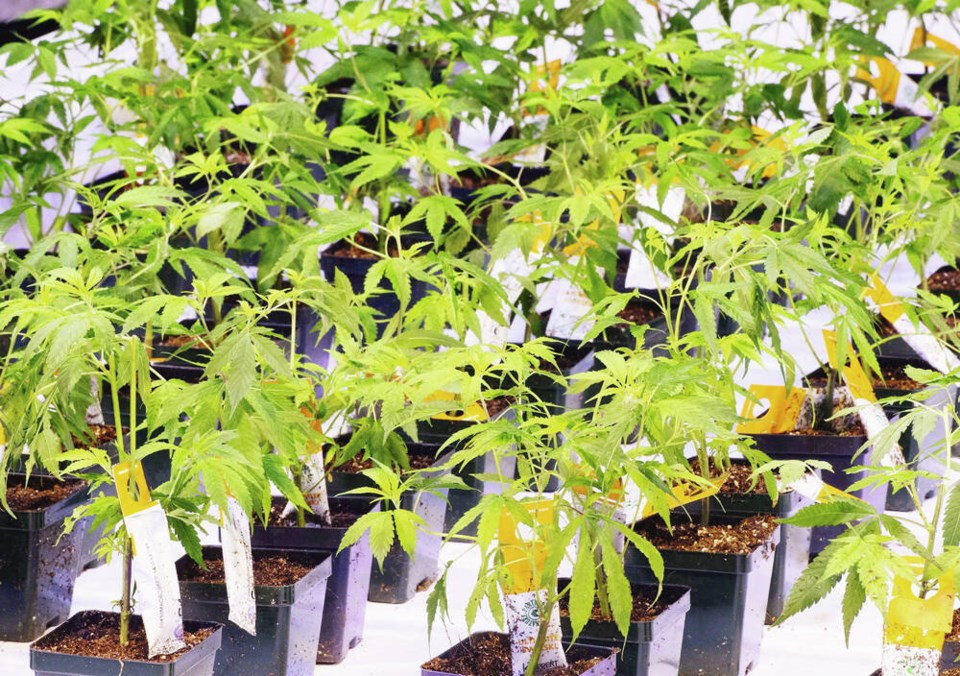Four and a half years ago, the federal government legalized cannabis. Today, a century after cannabis was prohibited in sa国际传媒, adults can possess limited amounts of cannabis for their own personal use without fear of arrest.
The federal government is reviewing the cannabis sector’s rules. With cannabis use becoming mainstream, our understanding of the short- and long-term impacts of weed on the human brain and health is improving. We’re also beginning to get a better handle on how legalization affects public safety.
According to the recent Traffic Injury Research Foundation report, survey, trauma centre, fatality and arrest data show a concerning rising trend in cannabis-impaired driving in sa国际传媒.
And when the Canadian Centre on Substance Use and Addiction participated in Health sa国际传媒’s public consultation on cannabis legalization last November, it drew on recent research to advocate for continuing restricted access to cannabis for people younger than 18 and preferably at least 19, and for increasing monitoring and enforcement of cannabis-promotion activities, among other things.
It’s a shame we didn’t have that kind of information when we first began considering this social experiment. Without a full picture of what frequent weed use in the community might mean, making decisions that further the public interest is hampered.
Hence the sector review.
Besides, uninformed decisions have dogged cannabis’s status in sa国际传媒 all along.
In 1923, Henri Beland, then minister of health, announced at a meeting of a committee reviewing the federal Opium and Narcotic Drug Act that cannabis would be included on the federal list of banned substances without parliamentary debate or process.
And, indeed, on April 23 of that year, “cannabis indica (Indian hemp) or hasheesh” was added to the federal schedule of prohibited drugs under the Narcotics Drug Act Amendment Bill without debate. The bill was passed by the Senate, again without challenge, in early May.
Little science existed then to support Beland’s decision. The major report on marijuana available at the time was published in 1894. As Britain’s Indian Hemp Drugs Commission wrote in the report, “Moderate use practically produces no ill effects,” and evidence showed “how little injury society has hitherto sustained from hemp drugs.”
Canadian delegates to international meetings likely heard discussions about controlling the unfamiliar drug. Federal MP William Lyon Mackenzie King attended the 1912 Hague Opium Conference, which called for scientific study of Indian hemp.
However, it wasn’t until 1925 that the Geneva Convention brought cannabis under international control, making sa国际传媒’s prior legislation anticipatory, not required.
According to historian Catherine Carstairs, MPs and senators may not have questioned marijuana’s addition to the schedule of banned substances “because little was known about the drug in sa国际传媒 at the time, and very few people were smoking it.”
In her thesis on early drug regulation in sa国际传媒, she says she could find “no references to marijuana in either the Toronto Star or the Globe and Mail in 1923. And there were no police seizures of marijuana until 1932.”
Not even the series of anti-drug articles published in Maclean’s in 1920 by Canadian suffragist, magistrate and social and legal reformer Emily Murphy mentioned cannabis by any of its names.
Her subsequent 400-page book based on the series included a seven-page chapter called “Marahuana — a new menace” (her spelling), but there’s no evidence the addition influenced law makers.
However, the series likely reinforced public opinion. In the early ’20s, a war on drugs was sweeping across Vancouver. Journalists, women’s groups, social service organizations, labour unions, fraternal societies and church congregations campaigned to stamp out the so-called “drug evil” they saw reducing white youth — in particular, young white women and girls — to depravity, prostitution and destitution.
This drug war was primarily an effort to restrict immigration from China — a movement that led to the Chinese Immigration Act of 1923.
A century ago, a lack of information and hard evidence about cannabis’s effects on health and safety, as well as public pressure, prompted sa国际传媒’s prohibition and criminalization of cannabis.
Four and a half years ago, the same factors contributed to its legalization and regulation.
This time around, however, we have opportunity and impetus to improve our knowledge about the drug and minimize risks to health and safety as we fine tune the Cannabis Act of 2018 and its implementation.
>>> To comment on this article, write a letter to the editor: [email protected]



